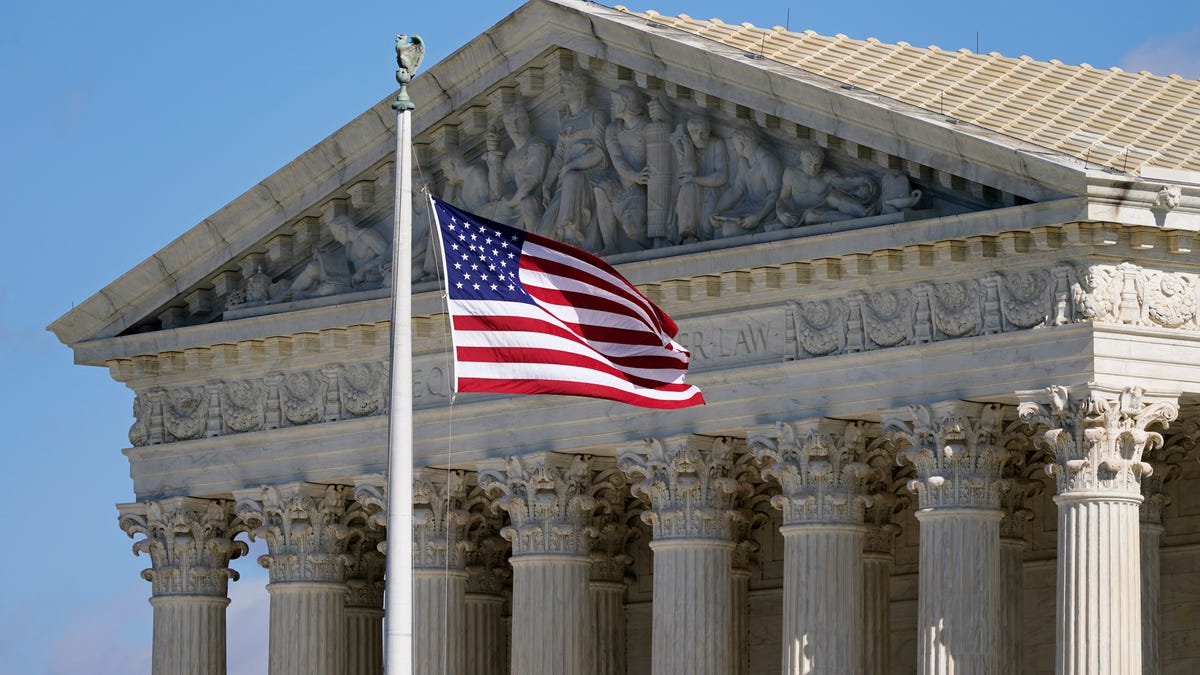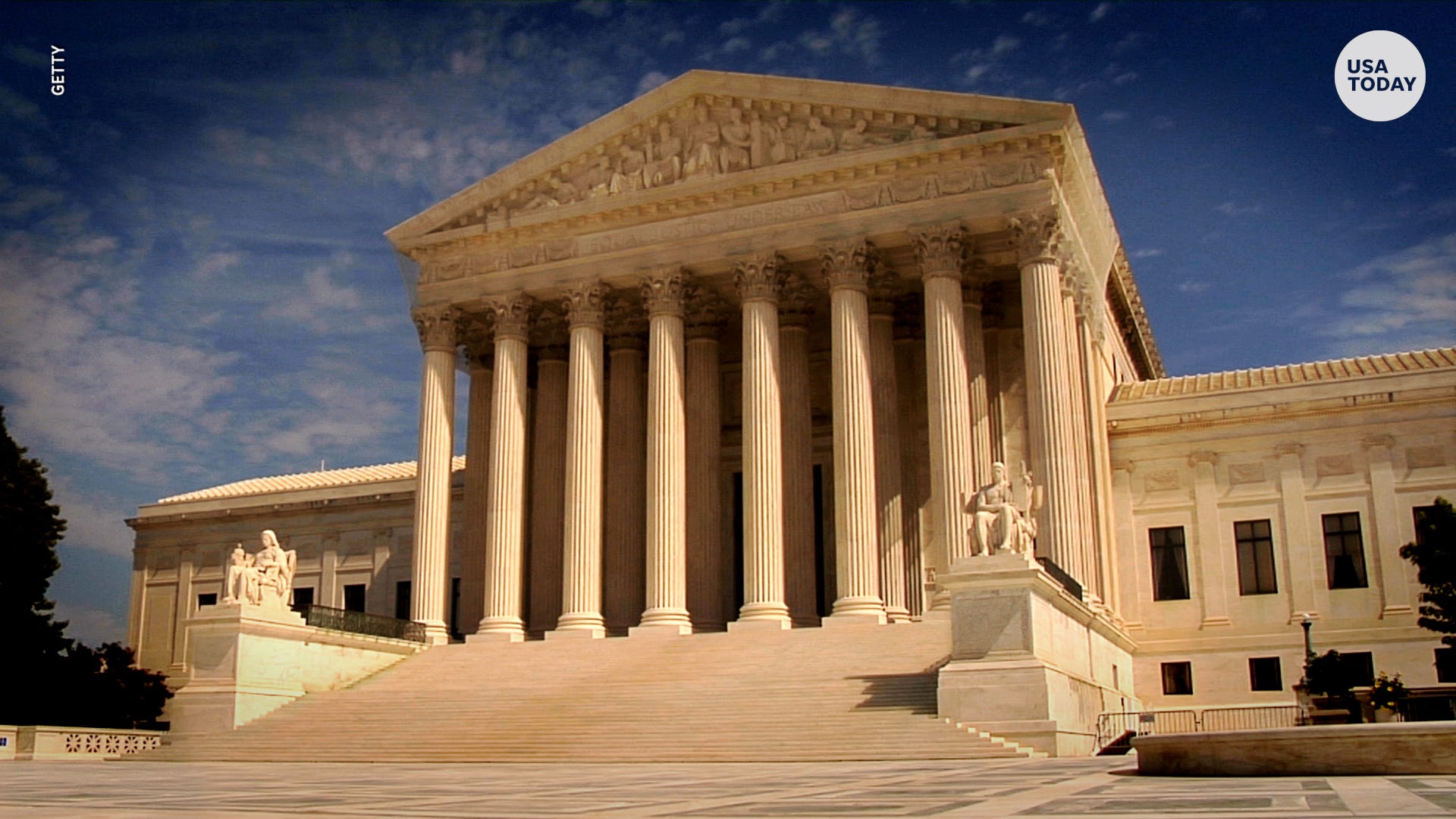Tennessee is in league with two dozen other red states to persuade the Supreme Court to overturn Roe v. Wade and expand gun rights.
Supreme Court shadow docket: What is it?
The U.S. Supreme Court’s practice in handling emergency cases is drawing criticism from both outside the court and from within.
STAFF VIDEO, USA TODAY
- Tennessee is one of 24 states supporting Mississippi’s effort to salvage a law that restricts abortion.
- Tennessee is one of 26 red states supporting the gun rights advocates in a New York case.
- Kenneth Jost covered courts for the Tennessean from 1971 to 1976 and has written the annual series Supreme Court Yearbook for CQ Press since 1993.
The U.S. Supreme Court opens a new term on Monday with conservative interest groups fully mobilized behind test cases seeking to overturn the Roe v. Wade abortion rights ruling and seeking to establish a Second Amendment right to carry firearms outside the home.
The two cases – from Mississippi and New York respectively – pose political challenges for the court’s six-justice conservative majority while the court’s standing with the public is falling according to recent public opinion polls.
Tennessee, through the office of Attorney General Herbert Slatery, has lined up with other red states in friend-of-the-court briefs urging the justices to adopt the conservative groups’ positions in both cases.
Hear more Tennessee Voices: Get the weekly opinion newsletter for insightful and thought provoking columns.
Roe v. Wade is at stake in Mississippi abortion case
In the abortion case, Dobbs v. Jackson Women’s Health Organization, Tennessee is one of 24 states supporting Mississippi’s effort to salvage a law struck down by two lower federal courts that prohibits abortions after the 15th week of pregnancy.
The Mississippi law directly contradicts the Roe v. Wade ruling in 1973 that protects a woman’s right to terminate a pregnancy until the fetus can survive outside the womb, roughly after the 22nd week of gestation.
In defending the law, Mississippi is asking the justices to overrule Roe v. Wade to the extent that the decision prevents states from banning abortions before fetal viability; the Court is set to hear oral arguments in the case on Dec. 1.
Sign up for Latino Tennessee Voices newsletter: Read compelling stories for and with the Latino community in Tennessee.
Right to carry a gun outside the home is at stake in New York case
The gun rights case, New York State Rifle & Pistol Association v. Bruen, stems from appeals by a New York gun group and two individual plaintiffs seeking to overturn a New York state law that requires applicants for a concealed carry permit to show “proper cause” for needing to carry arms in public, outside the home.
Two lower federal courts upheld the state law, and the gun owners group asked the Supreme Court to review the decision.
Tennessee is one of 26 red states supporting the gun rights advocates in the New York case, which is set to be argued before the nine justices on Nov. 3.
The National Rifle Association (NRA) counts Tennessee as a “shall issue” state – in contrast to “may issue” states such as New York.
Tennessee allows residents to carry handguns openly without permits and grants “concealed carry” permits to citizens and lawful permanent residents 21 years or older without any specific justification for the permit.
Sign up for Black Tennessee Voices newsletter: Read compelling columns by Black writers from across Tennessee.
Red and blue states are opposing each other in these key cases
A Supreme Court ruling for Mississippi in the abortion case could result in a statewide ban on abortions in Tennessee under a law enacted in 2019 that would take effect if Roe v. Wade were to be overruled. Ten other states have similar “trigger” laws, including Kentucky.
The opposing friend-of-the-court briefs from red states and blue states in the abortion and gun rights cases highlight the political dilemma that the Supreme Court faces in reaching decisions in the two cases.
California leads the blue states’ briefs in the two cases. The California brief in the abortion case, joined by 22 other states and the District of Columbia, urges the Court to reaffirm Roe v. Wade and warns that overruling the viability rule would harm the states and their residents. The red states’ brief contends from the opposite side that the viability rule is “unreliable and unworkable.”
California also led the blue states’ brief in the gun rights case, joined by 18 other states and the District of Columbia. The blue states contend that the right to carry weapons in public has been subject to regulation ever since colonial time and argues that the New York law should be upheld under the relatively lax constitutional standard of “intermediate scrutiny.”
The red states contend that New York’s law violates the Second Amendment by enacting what amounts in practice to a total ban on carrying arms in self-defense outside the home. The red states also contend, on the basis of several studies, that “shall issue” regimes do not increase crime and actually increase victim safety.
The Supreme Court is in a ‘no-win’ dilemma
Significantly, the Biden administration has asked to participate in oral arguments in both cases, in support of the New York gun licensing law and in opposition to Mississippi’s abortion law.
The government’s brief in the New York case contends that the proper-cause requirement is “well within the traditional line of gun regulation.” The government’s brief in the Mississippi case argues that the Roe v. Wade viability line “has remained clear and workable” and that overruling the decision “would cause grave harm.”
Both cases have drawn dozens of friend-of-the-court briefs on opposite sides from conservative and liberal advocacy groups.
In effect, the Supreme Court faces no-win dilemmas in both cases — all but certain to alienate roughly half of the country with the eventual decisions, which are likely to be issued near the end of the term in June.
Meanwhile, the high court’s public approval has fallen
One Supreme Court expert cautions that conservative rulings in both cases could dramatically alter the Court’s standing with the public.
Speaking at a Georgetown Law School event on Sept. 21, Irving Gornstein, executive director of the school’s Supreme Court Institute, predicted that if the right side of the court “runs the table” – in his words – “the perception of the court may be permanently altered.”
Public opinion polls already show that the court’s approval rating has fallen within the past year. In its most recent survey, the Gallup Organization found that 49% of those responding approve of the Supreme Court compared to 44% who disapprove.
In another poll, Marquette University in Wisconsin found that the Court’s approval rating has dropped six percentage points from 66% in September 2020 to 60% more recently.
The two hot-button cases are among 33 that the justices have agreed so far to review in the term that begins on Monday and runs through the end of June.
Among the others is the government’s effort to reinstate the death sentence imposed on the Boston Marathon bomber Dzhokhar Tsarnaev. The federal appeals court in Boston overturned Tsarnaev’s death sentence based on what it found to be prejudicial errors by the judge in Tsarnaev’s 2015 trial.
The Supreme Court will hear arguments in that case on October 13.
Kenneth Jost covered courts for the Tennessean from 1971 to 1976 and has written the annual series Supreme Court Yearbook for CQ Press since 1993.


